Nothing perks up your home’s exterior like a fresh coat of paint. But there are a number of pitfalls that could take your new paint job from perfect to perfectly dreadful in a hurry. Avoid these six common mistakes:
Find Top-Rated Painting Pros
Search Now1. Choosing the wrong colors
The wrong colors can turn your home into an eyesore and even hurt its value. For the best result, follow these tips from Dee Schlotter, PPG Paints’ Senior Color Marketing Manager:
Exterior colors to avoid: “Avoid bright, chromatic colors that don’t coordinate with the rest of your neighborhood or geography; remember your neighbors have to view your house too. Take your time when selecting your exterior palette and consider the colors that work with your architectural style. The only place for a stand-out color is your front door (which doesn’t have to match your shutters).”
Popular exterior colors: “Body colors like Toasted Almond (a calming beige), Whiskers (a cool gray) and Special Delivery (a serene bluish-gray) are some of our popular exterior colors. You can also use dark teal like PPG Bermuda or a rich terracotta like Fragrant Cloves to accent your front door and add instant curb appeal and personality to your home.”
Picking the best color for your home: “It’s important to always choose a palette that unifies the unpainted elements of your home like the roofing, brick work and landscaping. An effective exterior color palette consists of three main colors: body, trim and accents like gables, shutters and doors. You don’t have to match all the colors on your home, but it’s important that your colors complement one another.”
2. Ignoring lead paint
Lead paint can result in personal injury, environmental damage and project delays. If your home was built before 1978, have it tested for lead before you begin work. A positive identification of lead paint will require professional removal or abatement services.
Compare Quotes from Local Painting Pros
Search Now3. Skipping preparation
Overlooking prep work will result in a variety of problems — all of which will require repainting. To start your project off right:
Wash your siding: Painting on a dirty surface will promote cracking and can affect your paint’s color. Use a power washer or hose to spray down your home’s exterior. You can hire a pro to wash your home’s exterior if you’re not comfortable using a power washer.
Scape away old paint: Old and peeling paint makes it difficult for a new coat to adhere to your home. Use a pull-scraper or small orbital sander to remove any cracked or bubbled paint. Scraping by hand is time consuming, but it’s safer than using high-powered grinders or sanders. Mistakes with power tools can damage your siding.
Sand your siding: Loose paint makes it hard for your new paint to stick. If the existing paint on your home is smooth and still adheres to the surface, sand only the areas between the paint and bare wood. 50- to 80-grit sandpaper is ideal.
Patch holes: Holes and rough or rotten surfaces make it hard to apply an even coat of paint. Look for holes, cracks and rot after sanding and scraping. Replace or fill these areas with patching putty. The kind of putty you use will depend on your siding material. Always replace damaged or rotten areas before priming.
4. Misuse of a sprayer
Paint sprayers are devices that use pressure to spread paint onto a surface. While convenient for large, unbroken surfaces, sprayers can be problematic for smaller or detailed jobs. Sprayers are imprecise and can blanket your windows and yard in paint. Using sprayers on smaller homes also requires extensive prep. It’s best to use brushes and rollers on homes with multicolored trim, lots of windows or paint-free features.
5. Using the wrong paint type
Painting your exterior with a different type of paint — covering latex paint with oil-based paint, for example — can cause bubbling, cracking and peeling. Be sure to classify your current paint before adding a new coat. Bringing a large paint chip to your local hardware or paint store is the easiest way to identify your paint. Using indoor paint on outdoor surfaces is also a common mistake. Interior paints won’t stand up to the wear and tear of the outdoors and will quickly peel and bubble. Be sure the paint you choose is suited for outdoor use before making a purchase.
6. Hiring the wrong pro
Hiring the wrong painting professional can result in a variety of problems. Sloppy pros can splatter and drip paint on your windows, yard, decking and patio. Have pros lay drop cloths on all walkways, gardens and decking before they begin. It’s also a good idea to have your windows covered during a painting project. Subpar painters can overlook areas like soffits, hard-to-reach corners and ornate molding, frequently requiring additional work.

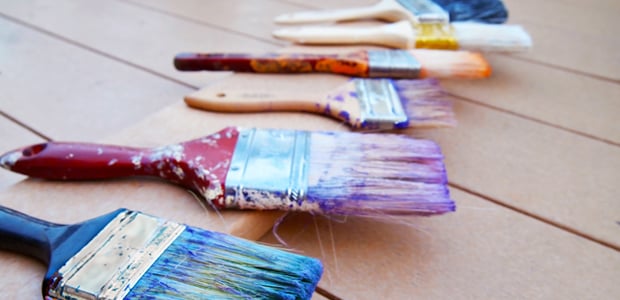
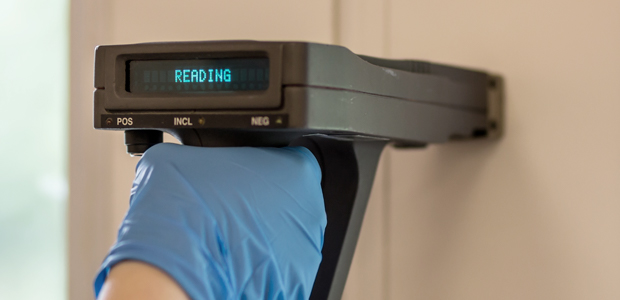
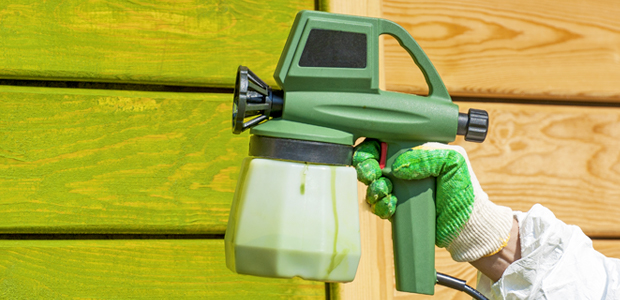

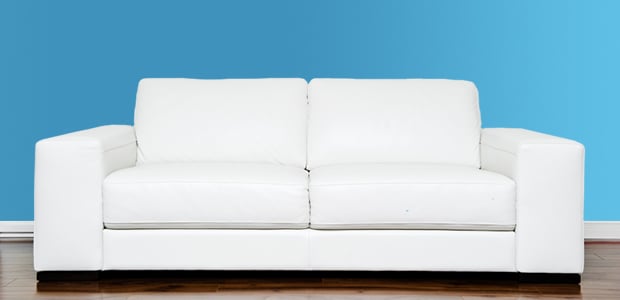 How Much Should Your
How Much Should Your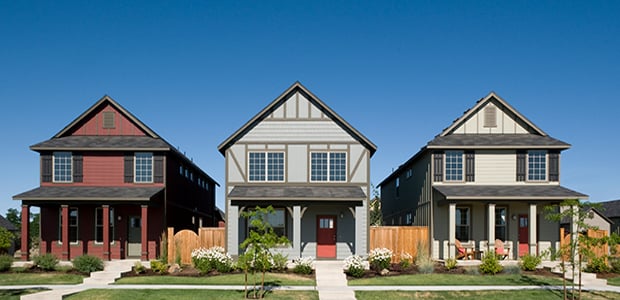 Your Painting
Your Painting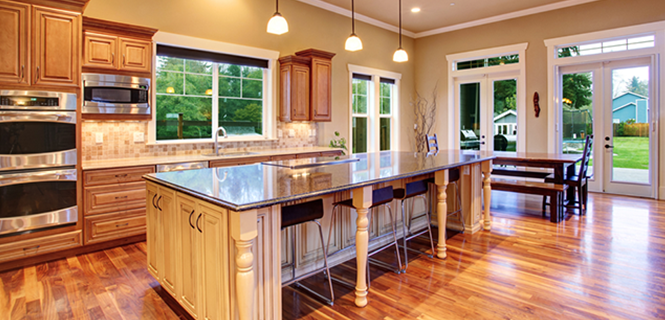 6 Steps to
6 Steps to 7 Common Mistakes to
7 Common Mistakes to